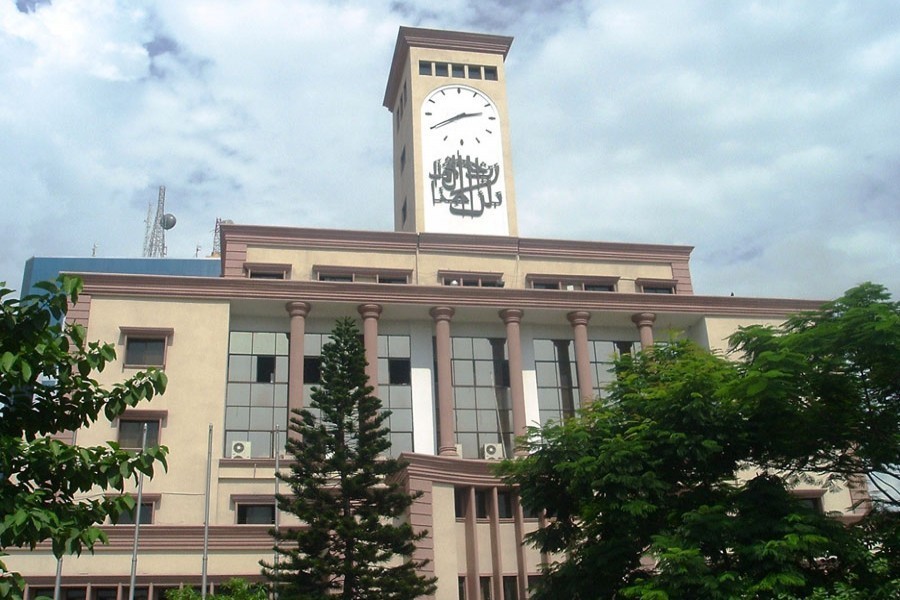
Published :
Updated :

The city development authority Rajuk is looking for its investors to implement the Hazaribagh Redevelopment Project taken up under Detailed Area Plan (DAP).
Keeping this in view, the Rajdhani Unnayan Kartripakkha (Rajuk) is now planning to carry out a detailed feasibility study to be presented before the financier, Rajuk sources said.
Talking to the FE, DAP project director and planner Ashraful Islam said the redevelopment project could be financed by foreign or local lenders or by the government itself.
It might take two years and any loan would be repaid with proceeds from the additional vertically built-up saleable spaces, he added.
He also said they already held several Participatory Rapid Appraisal (PRA) sessions with various parties including Bangladesh Tanners Association and Bangladesh Finished Leather, Leathergoods and Footwear Exporters' Association (BFLLFEA). Besides, the PRA session would be held with individual plot owners.
Water and soil at Hazaribagh in the city were left highly contaminated with chromium released by 187 tanneries over the years, he said. The topsoil in the whole area must be excavated up to a certain layer, he added.
According to the Dhaka Metropolitan Development Plan 1995-2015, the first eight feet of the topsoil in this area should be removed before the start of the construction work.
The total project area is 152.62 acres while the number of plots is 988.
The project area covers mainly three mouzas--Gazmahal, Chhoto Shikaritola and Shidpur and parts of Kalunagar, Uttar Sonatangar, New Paltan Line and Hazaribagh. There is khas land beside the Hazaribagh canal.
It comprises has 53.29 per cent industrial area and 24.84 per cent residential area. Mainly tannery workers used to live in the residential area.
There are 1,350 one-storey buildings, 68 buildings with more than four storeys, one eight-storey building, one ten-storey building, five seven-storey buildings, 13 six-storey buildings and 48 five-storey buildings.
The number of structures with two and three storeys is 367 and 274. A large number (483) of residential buildings is one-storey.
Mr Ashraf said valuable land in Hazaribagh remained underutilised and the area was lacking open space, parks, playgrounds, healthcare facilities and other civic amenities.
"All civic facilities can be put in place alongside property development by following the success stories of Singapore, Japan, China, India, South Korea and Thailand."
Numerous fragmented pieces of land could merged together to accommodate dwellings and businesses with vertical development, and individual landowners could get proportionate return of land value either in cash or in the form of built-up space, he said.
Mr Ashraf, however, confirmed that there would be no acquisition but partnership only.
Hazaribagh was an industrial estate of tanners and rawhide processing. It is now awaiting rapid socio-economic and environmental changes through redevelopment.
The relocation of tanneries to Savar has left the old part of Dhaka with the new-found scope of developing the area anew.
The old tannery hub that has now taken on a forlorn look where the lion's share of the factory establishments are lying unused and being supervised by some staffers.


 For all latest news, follow The Financial Express Google News channel.
For all latest news, follow The Financial Express Google News channel.